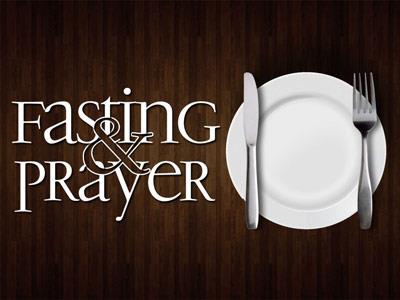-
Eusebius Versus Arius: A Critical Defense Of The Faith
Contributed by W Pat Cunningham on Jul 27, 2018 (message contributor)
Summary: The word "consubstantial" is so important that we either bow or kneel when we commemorate the conception of Jesus in Mary’s womb during that prayer.
Thursday of 17th Week in Course
St. Eusebius of Vercelli
Today’s Scripture gives us two parables, one from Jeremiah and the second from Jesus Himself. Jeremiah visited a potter, probably a novice potter, because what he threw on the wheel turned out badly. But one thing every potter learns is that clay is valuable. So instead of throwing it away, he kneaded in some more water so it became pliable again, and threw it on the wheel again to remake the vessel. Until the clay pot or figure is fired, it can be reshaped. Jeremiah saw in this the refashioning of the people of Israel by the hand of God. It took a long time, and an exile and many sufferings, but in the Church, because of the sacrifice of Christ, the Father can make a society of faith, love and hope. And through repentance and confession and healing, Christ can do the same thing with each of us, weak and sinful though we may be.
Jesus has another image of the Church in mind. Just as the sower last week strew seed all over the place, Jesus the fisherman casts a broad net into the ocean or lake. We are what is brought up, we and a whole lot of other people, diverse as we can be. There are prize game fish and trash fish, and, wonderfully, the opportunity and grace for trash fish to be made into game fish by the passion, death and resurrection of Christ. But, in the end, the trash fish will be thrown into the fire. Let’s continue to pray for our own final perseverance, so we are fit for the heavenly banquet, as guests of the Divine Bridegroom, not appetizers for the devils.
Most Catholics have a rather light understanding of Church history, especially the first millennium. We have heard of Constantine legalizing Christianity in the year 313. We then presume that everything was sweet until the Dark Ages. Not so much. Five years later a newly ordained priest called Arius, in Alexandria, started promoting a notion that Jesus was a human person with only a human nature who was at some point elevated to be “like” a divine person, much as we hope to be divinized by adoption when we enter heaven. This Arian heresy was rather popular with the newly Christianized nobility and royal class, who had been considered “gods” in pagan times and resented, at least subconsciously, this Galilean carpenter whom the Christians called divine by nature. And he wrote some very catchy hymns that spread his false doctrine.
Arius was condemned at the Council of Nicaea in the year 325, but his error persisted and the authorities even presumed to persecute the Orthodox Catholics. Bishop St. Athanasius was exiled more than once, for instance, and some rigorous Catholics were executed.
I’d like to talk about one of our August saints for a moment, St. Eusebius of Vercelli. “He grew up in Rome where he was ordained a lector. This was a time when bishops were elected by the people and local clergy. When the people of Vercelli saw how well he served their Church, they chose him as bishop. . .Pope Liberius also noticed his abilities and sent him on a mission to the Emperor Constantius to try to resolve the troubles between Arians and Catholics. Seeming to agree, Constantius convened a council in Milan in 355.” It turned into an Arian assembly that condemned St. Athanasius.
“Eusebius, unafraid of their power, slapped the Nicene Creed down on the table and demanded that everyone sign that before condemning Athanasius.” Of course, the Nicene Creed we recite every Sunday clearly declares that Jesus is “consubstantial” with the Father. In fact, that is so important that we either bow or kneel when we commemorate the conception of Jesus in Mary’s womb during that prayer. “The emperor then tried to force Eusebius, Saint Dionysius of Milan, and Lucifer of Cagliari to condemn Athanasius under pain of death. . . .[They refused.] Instead of putting them to death, the emperor exiled them.”
“In exile in Scythopolis in Palestine, Eusebius lived with the only Catholic in town. The local Arians stripped him half naked and dragged him through the streets to a tiny cell. The Arians finally let him go after he spent four days without food. But a few weeks later they were back, breaking into his house, stealing his belongings and food, and imprisoning him again.”
Ultimately he was restored to his diocese and spent the rest of his life teaching the truth and combating error. He died on August 1, 371. St. Eusebius, pray for us.

 Sermon Central
Sermon Central



